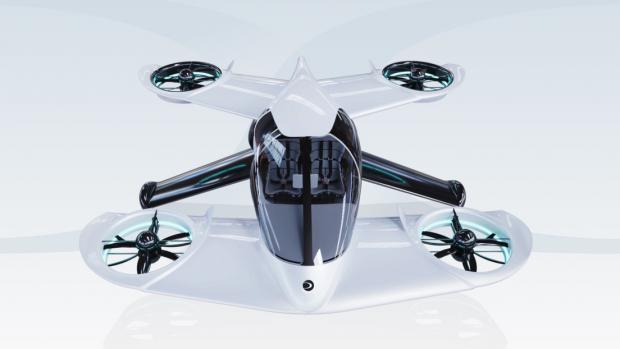
Breaking News
 They've Been Feeding You Poison (And Calling It Food)
They've Been Feeding You Poison (And Calling It Food)
 Tattoo ink may cause prolonged changes to the immune system
Tattoo ink may cause prolonged changes to the immune system
 Travel gadget promises to dry and iron your clothes – totally hands-free
Travel gadget promises to dry and iron your clothes – totally hands-free
 Duckweed: A sustainable, protein-packed food source smeared by Big Ag
Duckweed: A sustainable, protein-packed food source smeared by Big Ag
Top Tech News
 Perfect Aircrete, Kitchen Ingredients.
Perfect Aircrete, Kitchen Ingredients.
 Futuristic pixel-raising display lets you feel what's onscreen
Futuristic pixel-raising display lets you feel what's onscreen
 Cutting-Edge Facility Generates Pure Water and Hydrogen Fuel from Seawater for Mere Pennies
Cutting-Edge Facility Generates Pure Water and Hydrogen Fuel from Seawater for Mere Pennies
 This tiny dev board is packed with features for ambitious makers
This tiny dev board is packed with features for ambitious makers
 Scientists Discover Gel to Regrow Tooth Enamel
Scientists Discover Gel to Regrow Tooth Enamel
 Vitamin C and Dandelion Root Killing Cancer Cells -- as Former CDC Director Calls for COVID-19...
Vitamin C and Dandelion Root Killing Cancer Cells -- as Former CDC Director Calls for COVID-19...
 Galactic Brain: US firm plans space-based data centers, power grid to challenge China
Galactic Brain: US firm plans space-based data centers, power grid to challenge China
 A microbial cleanup for glyphosate just earned a patent. Here's why that matters
A microbial cleanup for glyphosate just earned a patent. Here's why that matters
 Japan Breaks Internet Speed Record with 5 Million Times Faster Data Transfer
Japan Breaks Internet Speed Record with 5 Million Times Faster Data Transfer
Flying car that can fit in 2-car garage to debut in 2025

If the truth be told, they've long been promised but are still to be delivered.
That could all be about to change, though, thanks to news about Doroni Aerospace's H1-X flying car.
The Miami-based company announced that customers could receive the first units of the H1-X as early as 2025 if everything goes according to plan.
Later this year, Doroni plans to test the H1-X and is confident it will received Federal Aviation Authority (FAA) certification by 2025.
We've already seen the Xpeng X2, which recently made its first cross-river flight.
Then there's the colossal 40-passenger flying taxi bus that would transport people 331 miles in one hour.
Meanwhile, the H1-X is the next generation of the company's H1 flying car.
It's got four ducted lift and propulsion fans, each powered by two counterrotating co-axial motors.
"We redesigned the entire airframe for improved aerodynamics," CEO Doron Merdinger told Robb Report.
"We felt we had to come up with a design that maximized speed and range, while also fitting in a two-car garage," he added.
The H1-X flying car is intended to be an eVOTL that will replace cars and trains as a means of transportation for commuters.
It'll be semi-autonomous and controlled by a joystick for easy flying.
It'll also come equipped with anti-collision sensors, a barometer, LIDAR, and optic-flow camera to ensure situational awareness and safety.
What's more, the H1-X has multiple fans to increase redundancy in case of a system failure, and a ballistic parachute for total failure scenarios.

 Advanced Propulsion Resources Part 1 of 2
Advanced Propulsion Resources Part 1 of 2

